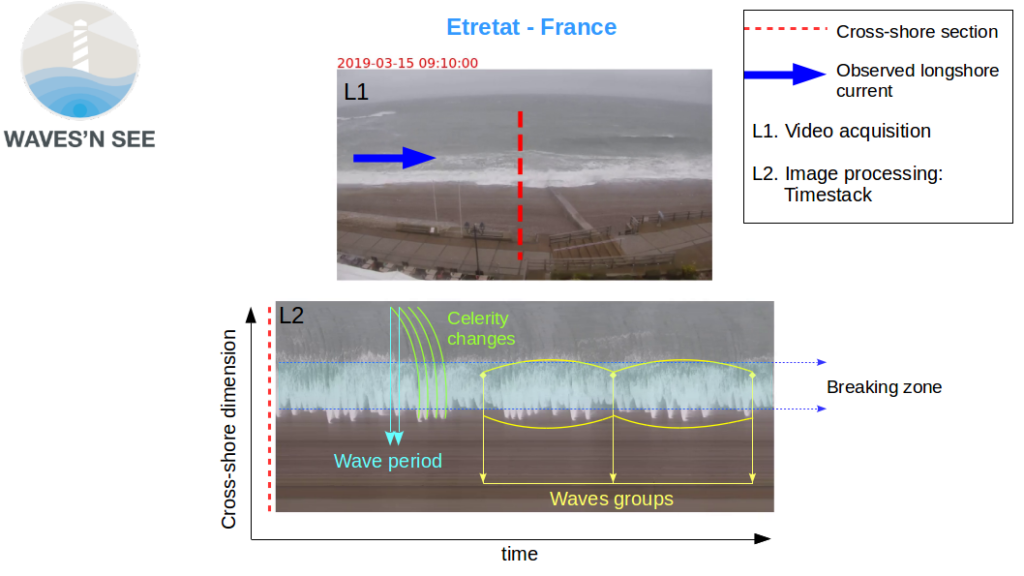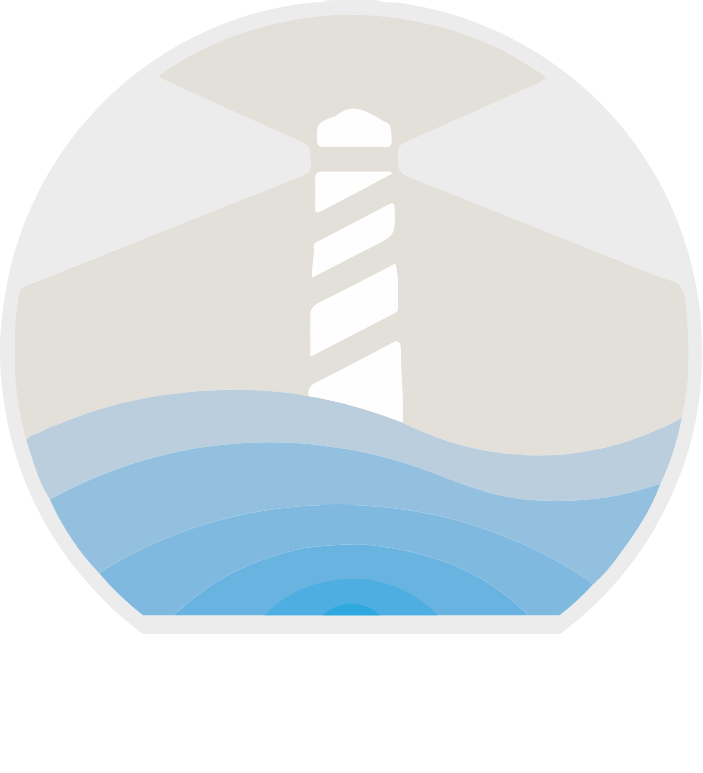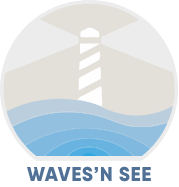A coastal monitoring system offers multiple opportunities to observe in detail and with high frequency (10 minutes) the physical processes that take place on the coast.
In particular, the WaveCams image acquisition technology allows us to obtain diverse hydrodynamic parameters of high interest in the beach’s dynamics.
In the example of this video taken in the famous bay of Etretat in France, we can easily observe how a strong longitudinal current develops in medium wave conditions coming from the NW (waves between 1 and 2 meters). Longshore currents are one of the most powerful driven of sediment transport in the coast, and their predominant direction strongly determines how sediments shrink along the bay.
Videos correspond to the most basic observation element we can provide, but we don’t stop there.
In order to derive more complex wave parameters a very useful image processing tool is used. The « time stack » that corresponds to stacking of a certain part of the video image that remains fixed in time (segmented red line) to obtain a space-time image showing waves arrival to coast. From this image multiple parameters can be estimated such as the wave period, breaking zone extension, wave group presence, and change of celerity due to interaction with seabed.

All this information is stored and analyzed with a frequency of 10 minutes in the case of Etretat. In our next publications, we will see how WaveCams is able to estimate and follow in the long term the evolution of wave’s parameters.

